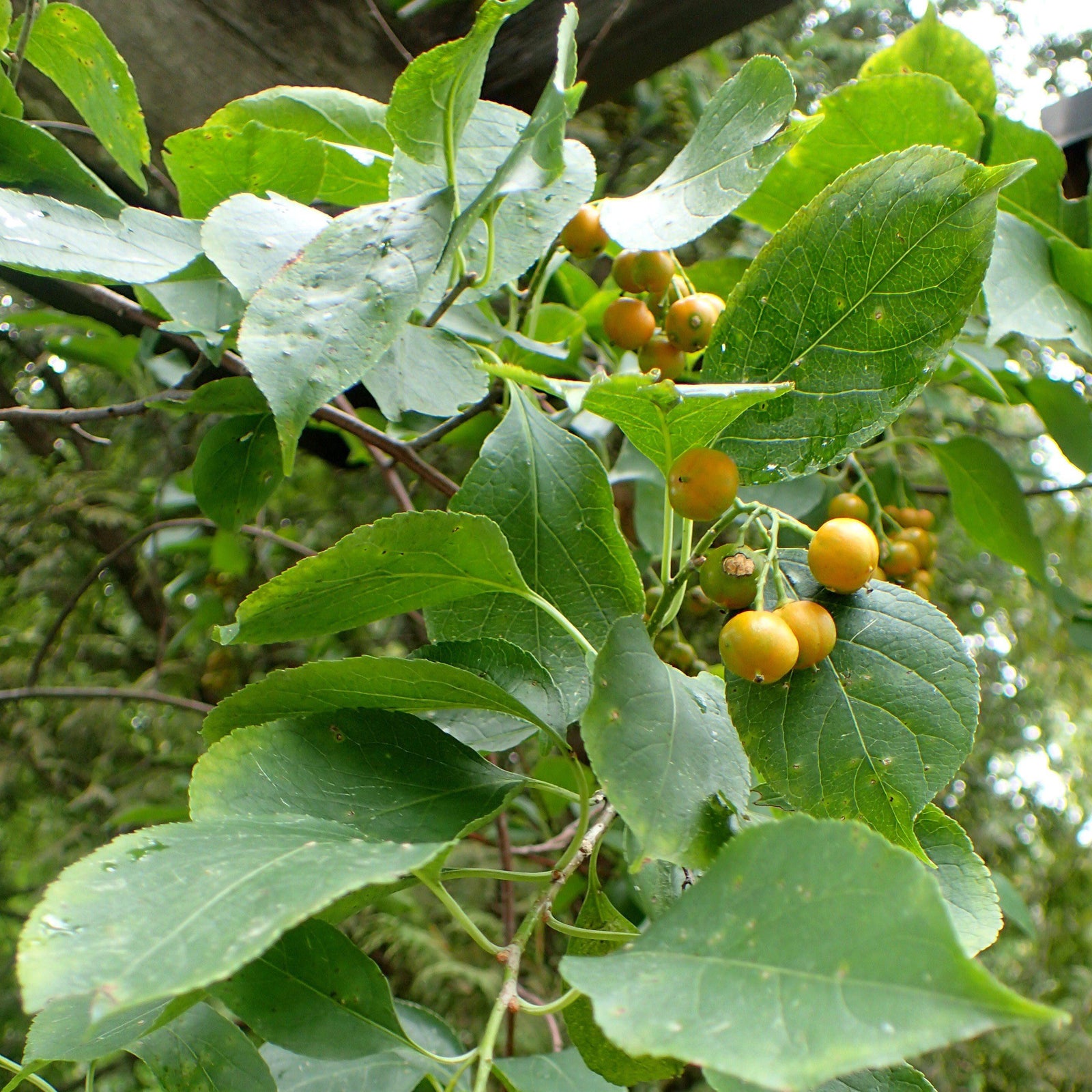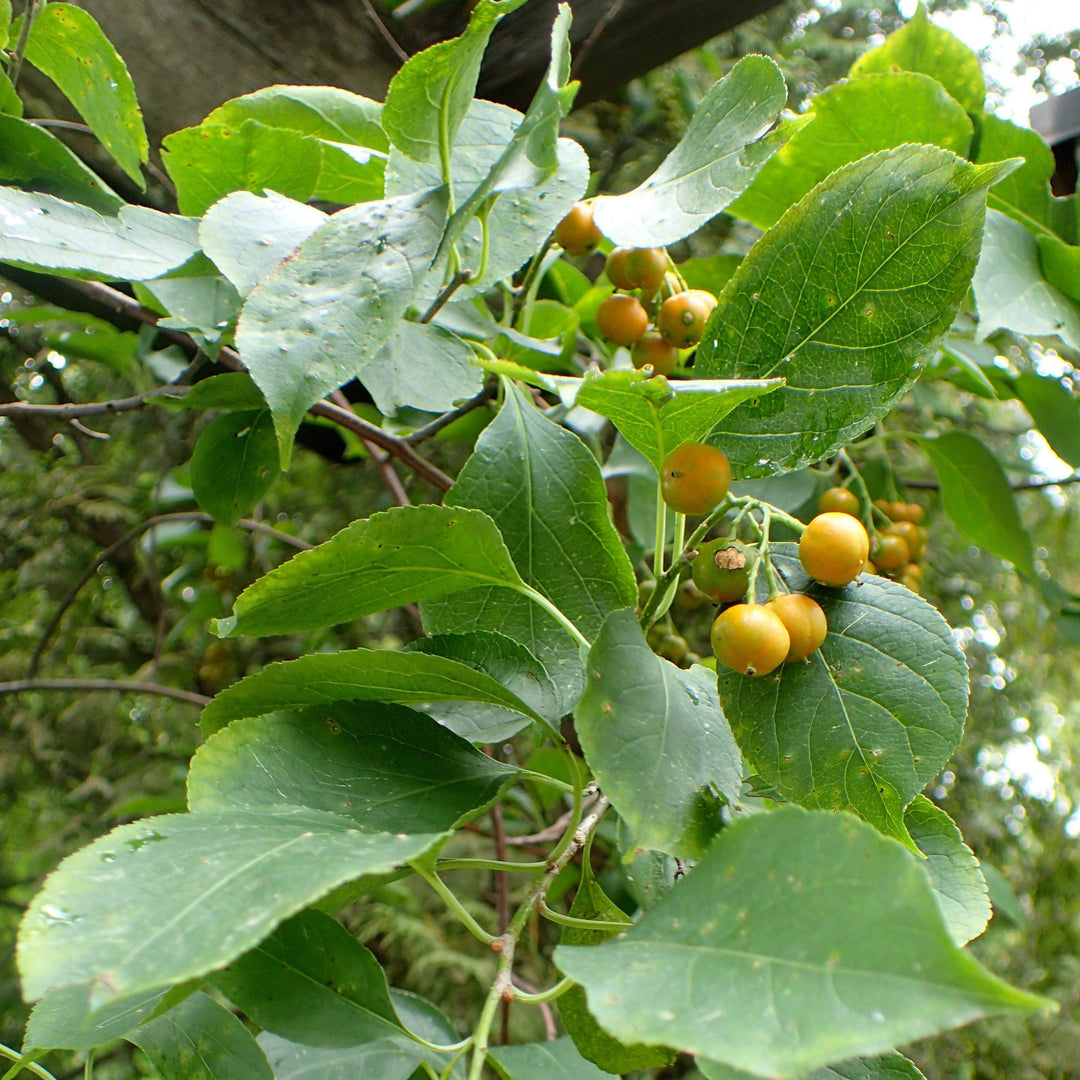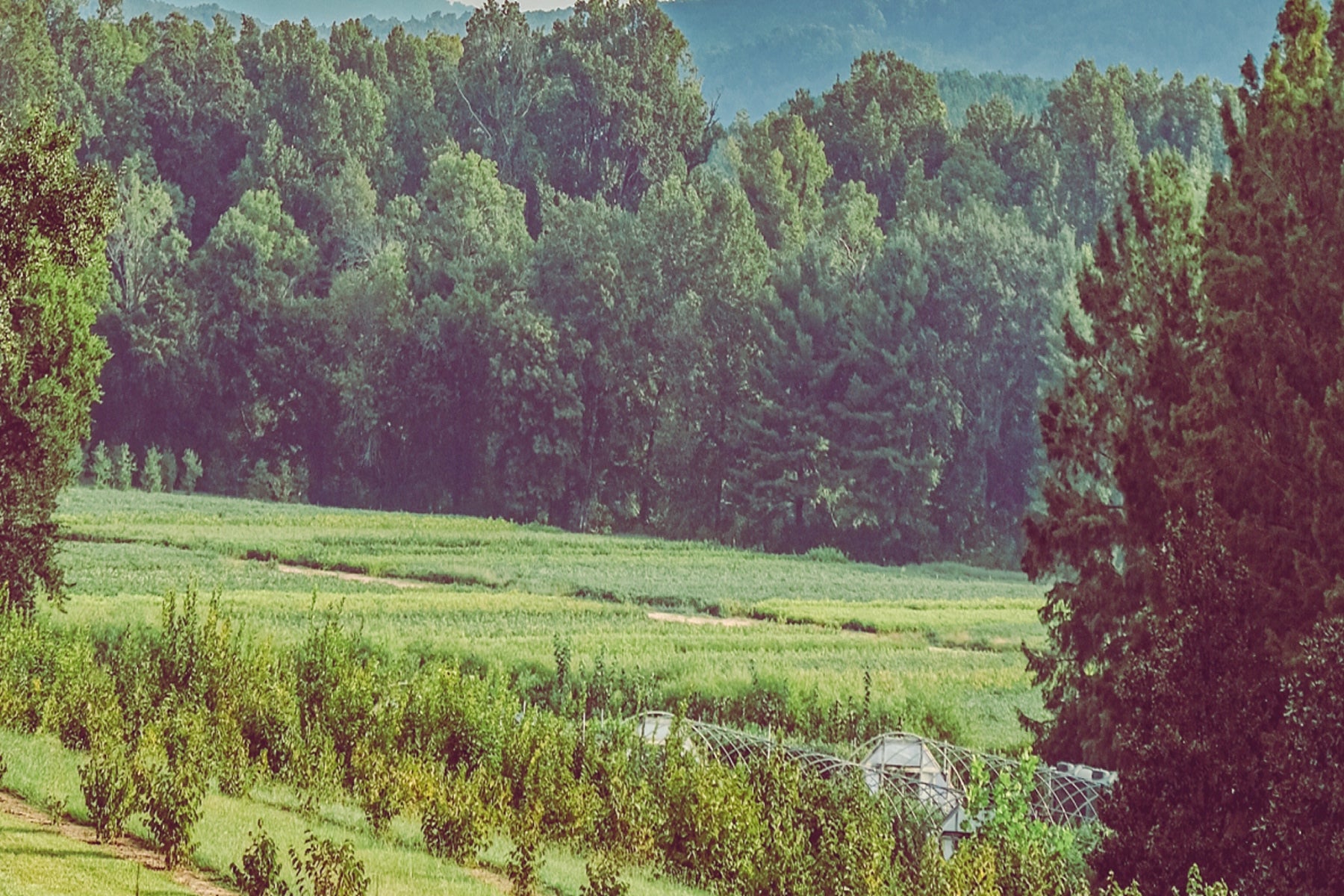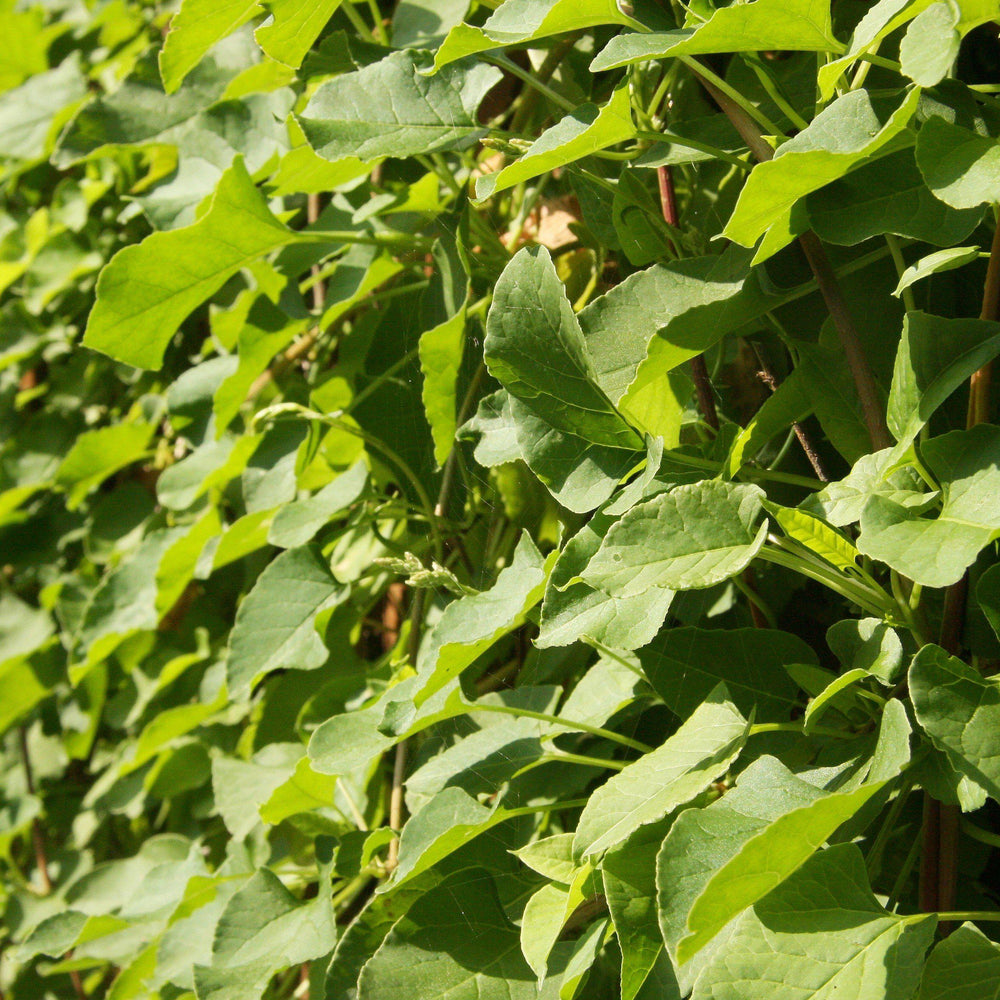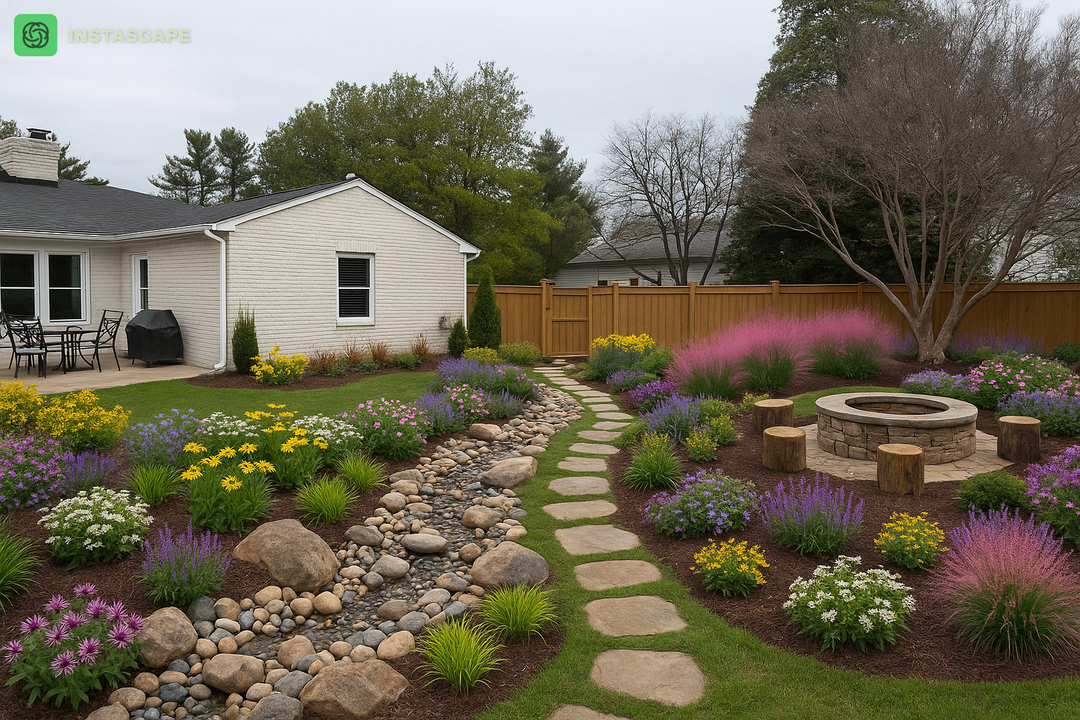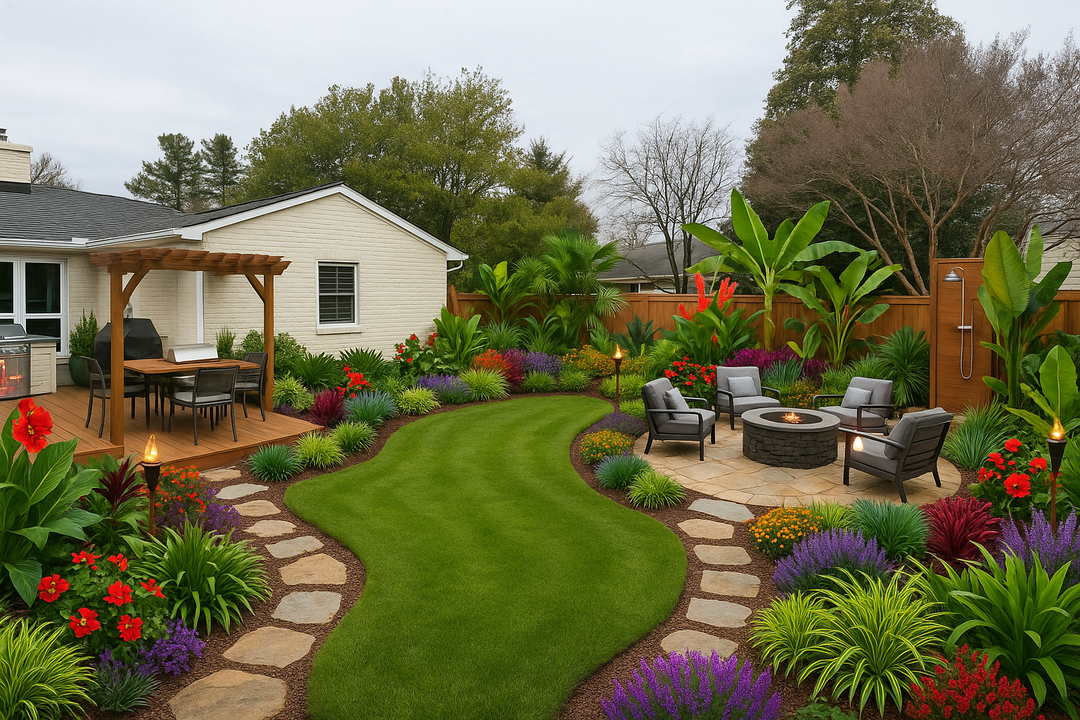American Bittersweet is a native deciduous twining vine with serrated yellow-green foliage and is known for its showy red fall berries. Small greenish white to yellow flowers bloom in clusters in late spring, and if the female flowers are pollinated will give way to orange-yellow fruits in summer. The fruits split in fall revealing scarlet berry-like seeds that persist in winter. Fruits best in full sun and moist well-drained soil. American Bittersweet has separate male and female plants, both are needed to fruit. While the fruit is favored by birds, they are toxic to other wildlife.
|
Type: |
Vine |
|
Origins: |
C. and E. North America; GA Native |
|
Height: |
15' - 20’ |
|
Spread: |
3’ - 6’ |
|
Spacing: |
4.5’ |
|
USDA Hardiness Zone: |
3 - 8 |
|
Culture: |
|
|
Bloom Color: |
Yellow |
|
Season of Interest: |
MAINTENANCE NEEDS: Low Maintenance. No serious disease or pest problems. Euonymus scale and two-marked treehoppers may cause significant damage in some areas. Prune as needed in late winter or early spring.
LANDSCAPE USES: Accents or Group Plantings, Borders, Woodland Garden, Rock Gardens, Foundational Plantings, Walls and Trellises.
COMPANION PLANTS: Drift Rose, Hydrangea, Weigela
IMAGES: Krzysztof Ziarnek, Kenraiz, Celastrus scandens kz2, CC BY-SA 4.0, (2) Photo by InAweofGod'sCreation, Bittersweet (3) Illustratedjc, Celastrus scandens - Göttingen, CC BY-SA 4.0, (4) Photo by Maja Dumat, Baumwürger (Celastrus scandens)
*As plants have ranges in appearance they may not appear as the images shown
